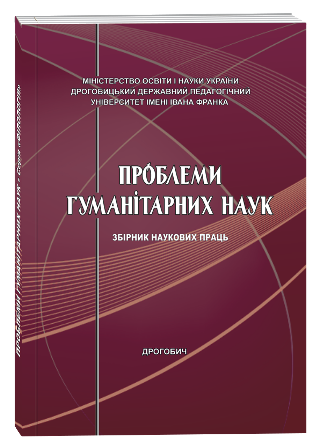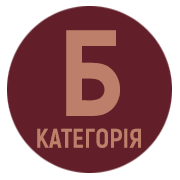CULTURAL AND HISTORICAL CODE OF PHRASEOLOGICAL UNITS WITH GASTRONOMIC COMPONENT IN ENGLISH, UKRAINIAN AND FRENCH LANGUAGES
DOI:
https://doi.org/10.24919/2522-4565.2022.49.24Keywords:
lexical groups, item, idiom, phraseology, linguistic picture of the world, cultural commentary, national identity.Abstract
This article examines the cultural and historical code of phraseological units with a gastronomic component in English, Ukrainian and French through the prism of linguistic culturology. Modern Ukrainian linguistics aims to study the problems of interaction of language, culture and consciousness in society. Linguistic and cultural studies occupy a leading place in science. Phraseological units with a gastronomic component reflect the national identity, history, culture, traditional way of life of the English, Ukrainian and French peoples, respectively, and is a segment of the phraseological picture of the world of these ethnic groups. The studied idioms originated on a national basis and have their roots in different epochs. Their sources are related to customs, traditions, beliefs, historical events, social and political aspects of people’s lives, their way of life, folklore and literature. The research material was 435 phraseological units of the English language, 357 phraseological units of the Ukrainian language and 527 phraseological units of the French language with a gastronomic component. The main purpose of the study is to describe and compare the cultural and historical specifics of phraseology with the gastronomic component in English, Ukrainian and French. The main concepts of the research were formulated in the article, the most frequent gastronomic components in English, Ukrainian and French phraseology were determined; the researched material is classified by lexical groups; linguistic and cultural commentary on each of the lexical groups and comparative characteristics of phraseological units of English, Ukrainian and French languages are given. The result of the study is that phraseology with a gastronomic component in three languages (English, Ukrainian and French) really shows the features of national cuisine, history and culture, linguistic and cultural worldview of peoples, has common features and values. Based on the collected data, we can conclude that the phraseological systems of English, French and Ukrainian language are in some way similar and differ. The analysis showed that the gastronomic component belongs to the active class of components of phraseological units in all thr ee languages.
References
Авксентьєв Л.Г. Сучасна українська мова. Фразеологія. Харків : Вища школа. Вид-во при ХДУ, 1988. 134 с.
Aerts Marc, Molenberghs Geert, M. Ryan Louise, Geys Helena. Cambridge International Dictionary of Idioms. CUP. Publication, 1998. 608 p.
Allen R. Allen’s Dictionary of English Phrases. Penguin, 2008. 1353 p.
Cheminée P. Expressions françaises. Paris : CTP Interparents, 2011. 130 p.
Dabrowska A. A Syntactic Study of Idioms: Psychological States in English and Their Constraints. Cambridge Scholars Publishing, 2019. 372 p.
Erviti A. Discourse Constructions in English: Meaning, Form, and Hierarchies . Springer, 2021. 173 p
Isabelle Chollet, Jean-Michel Robert. Les Expressions Idiomatiques. Paris: СLE, 2008. 224 p.
Lakoff G., Johnson M. Metaphors we live by. University of Chicago Press, 2003. 191 p.
Rat M. Dictionnaire des expressions et locutions traditionnelles / M. Rat. Paris : Larousse, 2002. 464 p.



